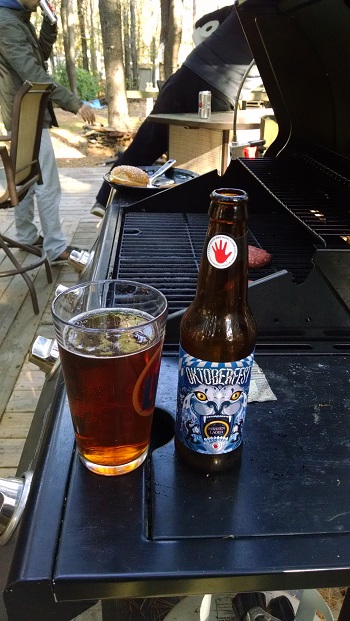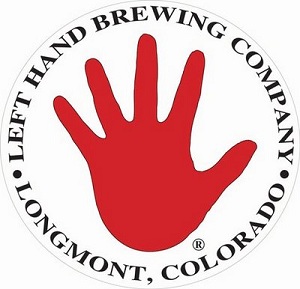Geographical Indication and Traditional Specialty

Brewery and Country of Origin: Left Hand Brewing Company of 1265 Boston Avenue, Longmont, CO, 80501, USA
Date Reviewed: 12-30-14
The term "Oktoberfestbier" is a registered trademark among the six major brewers of Munich who participate in the annual Oktoberfest celebration. Every beer officially called an Oktoberfestbier, is one produced by either Paulaner, Spaten-Franziskaner, Lowenbrau, Augustiner-Brau, Hofbrau-Munchen, or Hacker-Pschorr, for the purposes of the Oktoberfest celebration. These beers, golden in color, are similar to traditionally pale malt heavy Vienna lagers and come between 5.50-6.00% ABV. And when you get a beer called "Oktoberfestbier," you know you're getting exactly one of these six specific examples, all of which are produced within the city of Munich. That is because the term itself is a Protected Geographical Indication (PGI) of Germany. PGI's are one of three European Union enacted geographical indication schemes which aim to promote the authenticity of various foods and beverages which are known for being produced in a specific location. Some well known examples of geographic indications include Fontina, Asiago, Parmigiano-Reggiano, Gorgonzola, Prosciutto Toscano, Balsamic Vinegar, Champagne, and Brie. The basic premise is that the product, let's say, Champagne, is promoted in two ways: first, it describes to consumers where the product was produced (Champagne, France); second, it ensures the quality of the product. This is because only recognized growers of grapes in the Champagne Appellation, which adhere to traditional practices, exist in a specific grape growing climate, and possess the knowledge and wherewithal to produce grapes good enough to produce high quality sparkling white wine known to you and us as Champagne. It is therefore technically illegal to call any sparkling white wine Champagne unless its grapes were produced there. The same principle applies for the term Trappist Ale. Trappist ales, though not protected by a geographic indication scheme, are essentially protected products similar to trademarks that only producers which fit strict criteria can label as such. Similar style beers that aren't officially Trappist ales, are "Abbey Beers." Oktoberfests follow the same general rule, though to a much smaller degree. The term Oktoberfest can mean both a harvest style festival happening during the months of September and October, or it can be the label of a beer similar to an Oktoberfestbier, but isn't one per se.
Date Sampled: 10-25-14 At: Puffin's Wilderness Refuge, Stab City, Blackthorne Resort, 348 Sunside Road, East Durham, NY, USA
Beer Style: Marzen/Oktoberfest
Alcohol by Volume: 6.60%
Serving Type: 12 oz Bottle, 16 oz Tumbler Glass
Rating: 2.83
 Oktoberfest
Oktoberfest



